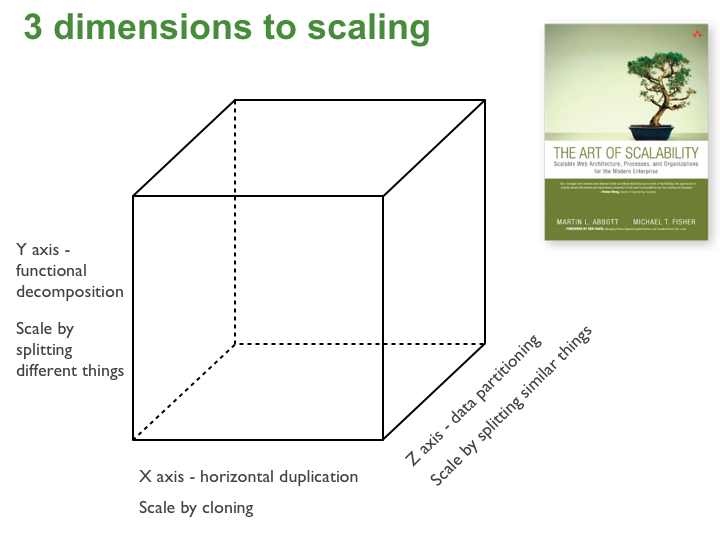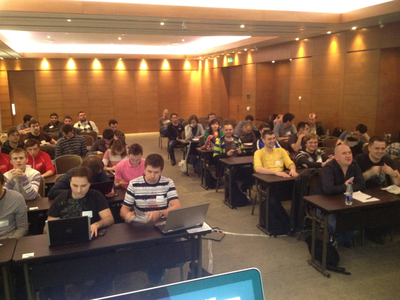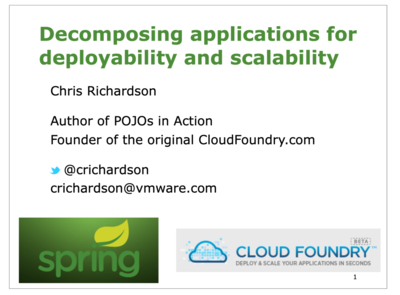10 years of 'microservices'
microservice architectureContact me for information about consulting and training at your company.
The MEAP for Microservices Patterns 2nd edition is now available
This week is the 10th anniversary of my first talk about the microservice architecture. In April 2012, I was in Kiev, Ukraine (see note below) as part of the Cloud Foundry Open Tour 2012 (Kiev, Moscow and London). At the Kiev event, I gave a new presentation Decomposing applications for deployability and scalability.
Use Y-axis scaling of the Scale Cube
The big idea was that for some applications the monolithic architecture didn’t make sense. For these applications, better architecture is to apply Y-axis scaling of the scale cube and structure the application as a collection of independently deployable services.


A modular, polyglot architecture
At the time, I didn’t call this style of architecture microservices. That term didn’t become popular until James Lewis and Martin Fowler’s 2014 article Instead, I talked about a modular, polyglot architecture, which was too much of a mouthful to catch.
The talk was surprisingly popular
I was pleasantly surprised by the audience’s very enthusiast reception. Apparently, it covered issues that resonated with developers.

I got the same excited reaction when I gave the talk in Moscow, London, and elsewhere. So much so, that I’m still talking about microservices 10 years later!

My thoughts on the war
I’m sickened by the war in Ukraine. I hope that one day Putin (along with the other 21st century war criminals) will face justice - or rot in hell.


 Premium content now available for paid subscribers at
Premium content now available for paid subscribers at 




